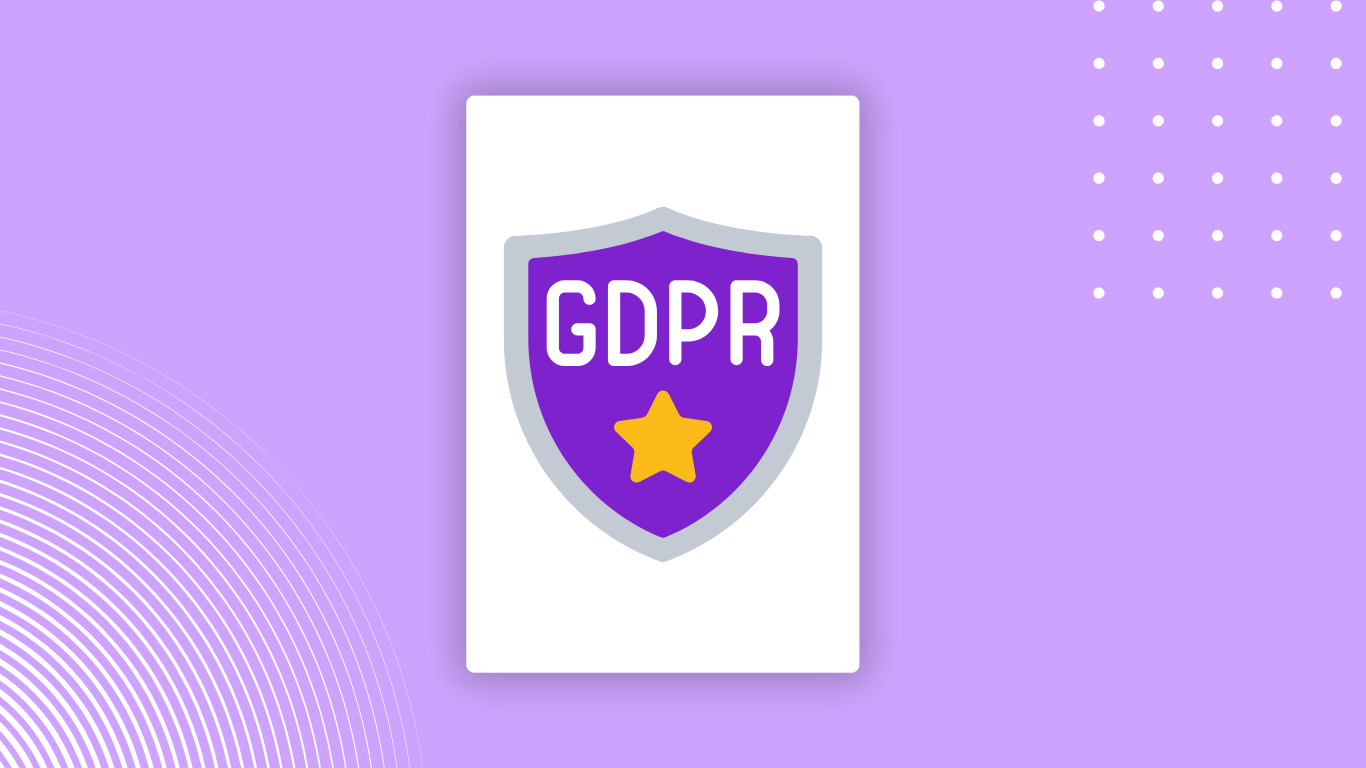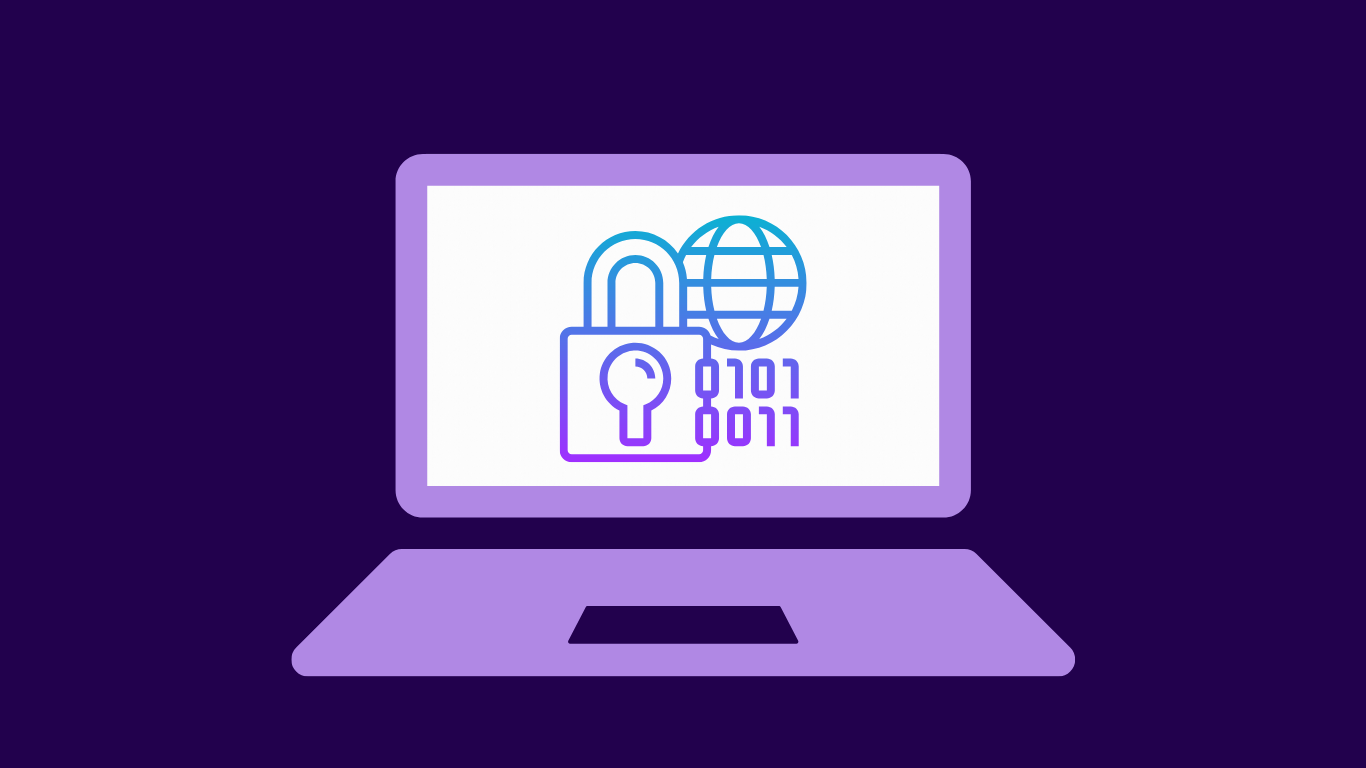Introduction
The General Data Protection Regulation (GDPR) has transformed the global data privacy and protection landscape. As the strictest data privacy law in the world, GDPR applies to any business that processes the personal data of EU or EEA residents, even those outside Europe. However, GDPR compliance is not just a legal obligation but an opportunity to build trust, demonstrate transparency, and differentiate your business in a privacy-conscious world. This guide provides a practical GDPR compliance checklist, actionable strategies for businesses of all sizes, and clarity on why data protection matters now more than ever.
Understanding GDPR: Why Compliance Matters
GDPR was enacted to give individuals control over their data and harmonise EU data protection laws. It imposes clear rules on how organisations collect, use, store, and share personal data, with severe penalties for violations. For businesses, GDPR compliance is not only about avoiding fines but also about earning customer trust and building a resilient reputation. The regulation enforces transparency and accountability, requiring organisations to explain how data is used clearly and to uphold individuals’ rights over their data.
The Key Principles of GDPR Compliance
At its core, GDPR is built on seven principles:
- Lawfulness, fairness, and transparency: personal data must be processed lawfully and fairly, and communication with data subjects must be transparent.
- Purpose limitation: Data can only be collected for specified, legitimate purposes.
- Data minimisation: Only data necessary for the intended purpose should be collected and processed.
- Accuracy: Data must be accurate and kept up to date.
- Storage limitation: Personal data should not be retained longer than necessary.
- Integrity and confidentiality: Security must be maintained to prevent unauthorised access, loss, or destruction.
- Accountability: organisations must demonstrate compliance through records, policies, and actions.
These principles should guide every step of your compliance journey.
GDPR Compliance Checklist: Step-by-Step
1. Map Your Data Flows
Start by identifying all the personal data your business collects, stores, and processes. Understand your data types, where it is stored, who can access it, and how it moves through your systems.
2. Update Your Privacy Policy
Your privacy policy must clearly state what data you collect, why you collect it, how it is used, and how users can exercise their rights. Use plain language, avoid legal jargon, and ensure the policy is easy to find on your website.
3. Secure Lawful Grounds for Data Processing
You must have a valid legal basis for every data processing activity. This includes explicit consent, contractual necessity, legal obligations, or legitimate interests. For special categories of data (like health or biometric data), explicit consent is essential.
4. Manage Consent Effectively
Obtain explicit, affirmative consent from users where required. Consent must be specific, informed, and freely given. Ensure users can withdraw consent as easily as they offer it.
5. Implement Data Security Measures
Apply robust security practices, such as encryption, access controls, and regular security reviews. These are critical not just for compliance but also for protecting your business and customers from breaches.
6. Appoint a Data Protection Officer (DPO)
If your core activities involve large-scale processing of sensitive data or regular monitoring, appoint a DPO to oversee your data protection strategy and act as a contact point for regulators and data subjects.
7. Prepare for Data Subject Requests
Under GDPR, individuals can access, rectify, erase, restrict, and transfer data. Establish clear procedures to handle these requests within the required timeframes.
8. Establish Breach Notification Protocols
Develop processes to detect, report, and investigate data breaches. Notify your supervisory authority within 72 hours of a breach and affected individuals if the breach is high-risk.
9. Vet and Monitor Third Parties
Ensure that any third-party vendors or partners handling personal data on your behalf are also GDPR compliant. Incorporate data protection obligations into contracts and conduct due diligence.
10. Conduct Regular Audits and Training
Audit your data handling practices regularly and update protocols as needed. Provide ongoing GDPR training to employees to build a culture of privacy awareness.
Why GDPR Compliance Is a Competitive Advantage
For startups, scaleups, and established enterprises alike, investing in GDPR compliance is about more than avoiding fines. It signals to customers, investors, and partners that your business takes data privacy seriously. In a competitive marketplace, this trust can make all the difference, helping you win deals, attract investment, and build loyal customer relationships. Transparency and good data governance also reduce operational risks and streamline future growth. Retrofitting compliance is far harder than embedding it early, so take small, iterative steps now to lay strong foundations for your business.
Practical Guidance for Your Compliance Journey
- Review your privacy policy: Ensure it is user-friendly and up-to-date.
- Check your marketing permissions: Only market to individuals with the necessary consent.
- Embrace privacy by design: integrate data protection into product and process development.
- Leverage compliance as a differentiator: Use your commitment to data privacy in your brand positioning and client communications.
Conclusion
GDPR compliance is not a one-time project. It is an ongoing journey. By adopting a principles-based approach and following a clear GDPR compliance checklist, businesses of all sizes can turn compliance into a source of competitive advantage. In a world where data privacy is increasingly central to business success, those prioritising protection and transparency will lead the way. To learn more about how robust compliance strategies can power your growth, explore Sahl’s compliance resources and discover expert guidance for aligning with standards like ISO 27001.






